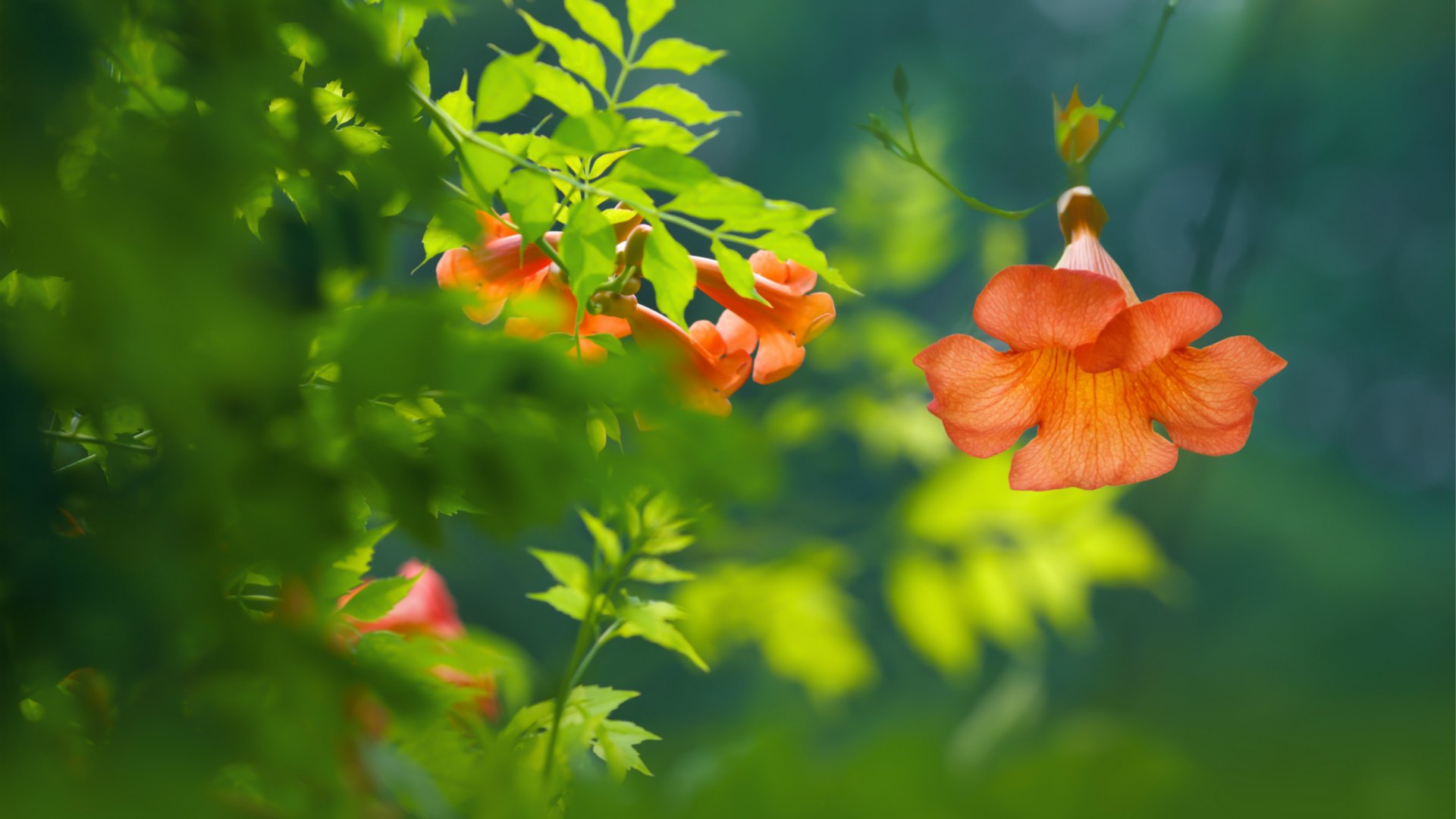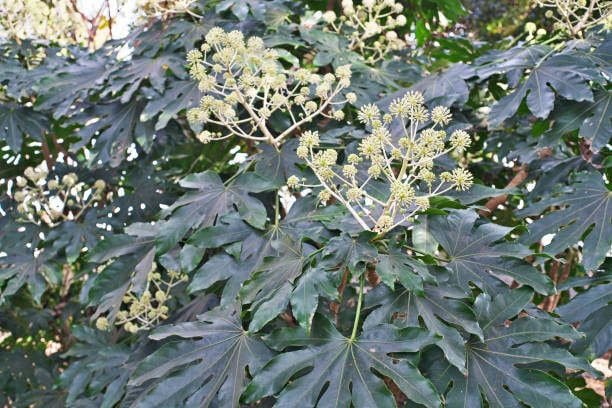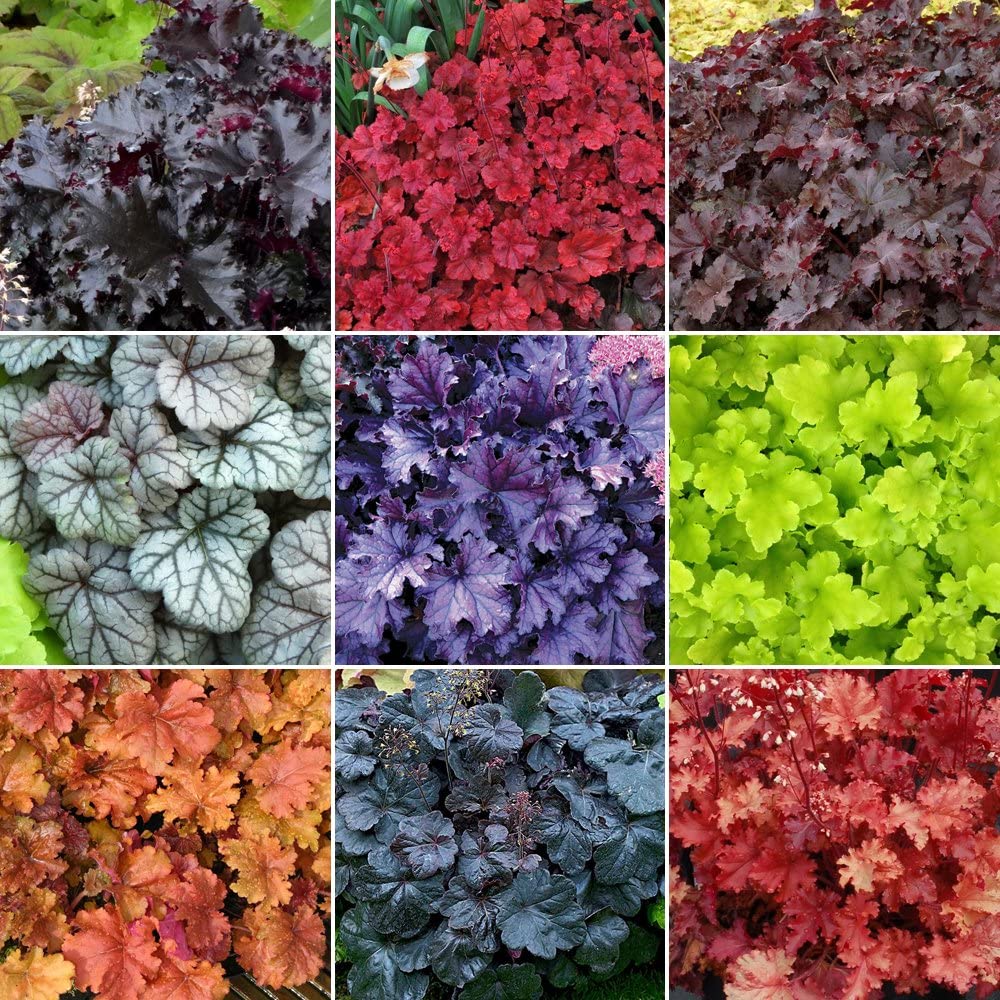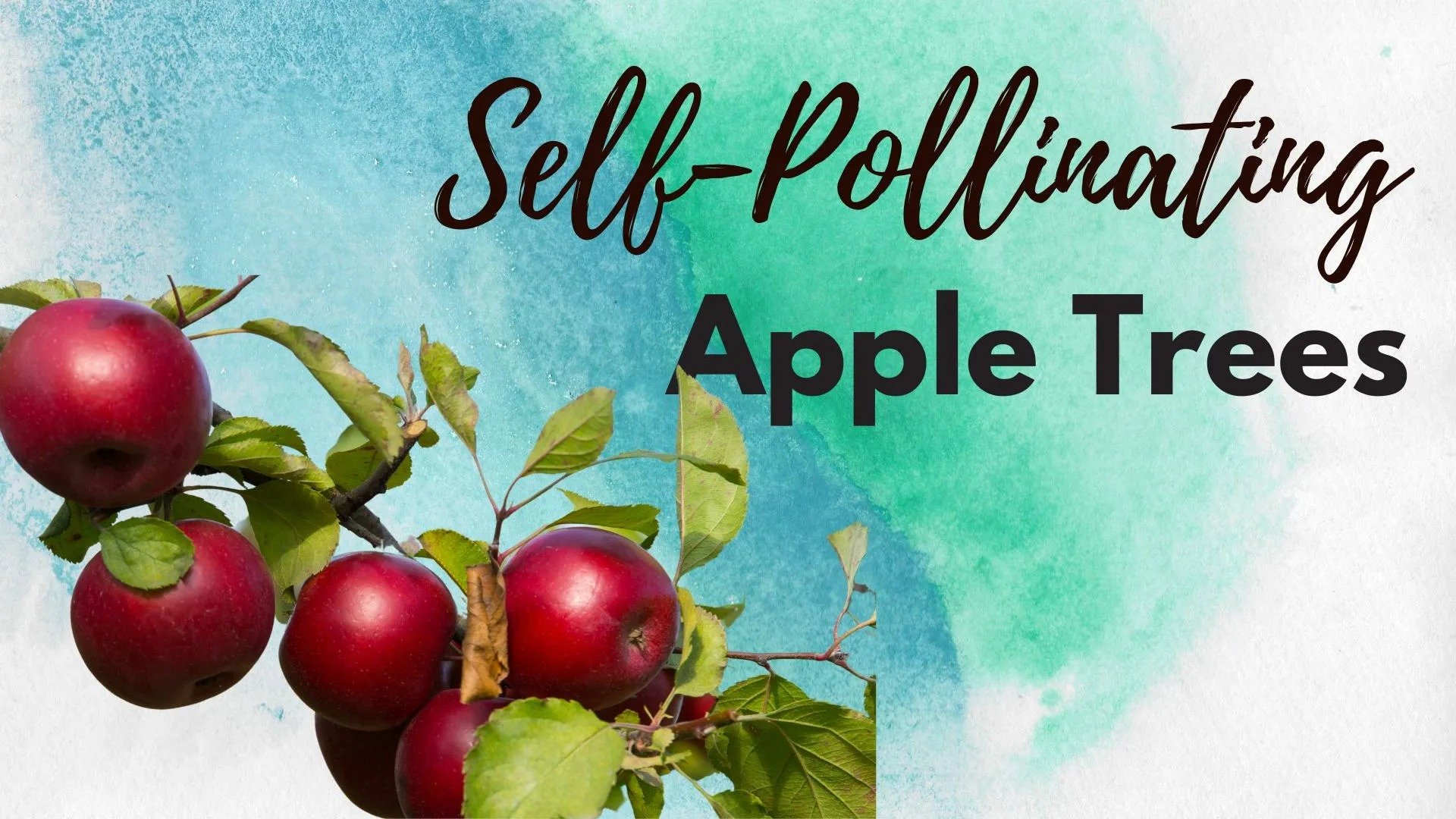Discover the 10 Types Of Coniferous Trees Commonly Grown
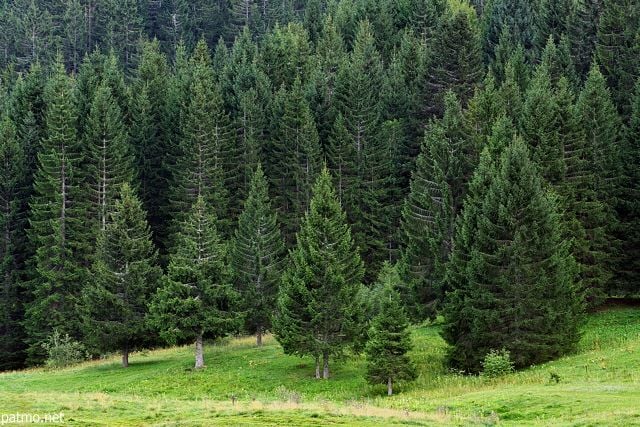
Table of Contents
Are you a novice gardener who doesn’t know about the 10,000 species of trees that are present on this earth? Relax, not even experienced gardeners know this. To be very precise, trees are broadly divided into two categories that are deciduous and coniferous trees, spread widely all over the world.
Trees are important factors in our ecosystem. They are responsible for gaseous exchange and are home to many animals. The significance of trees is not limited to adding beauty or greenery to a place; in fact, their commercial and medicinal uses make them an important part of human lives.
The coniferous trees are what we are going to discuss in this article. These trees are often grown alone or mixed with deciduous trees to add volume to your garden.
What Are Coniferous Trees?
These luscious, green evergreen trees can be the perfect design element for your garden. Their unique features and incredible structure make them stand apart from other trees. For example, they have a distinctive conical shape; instead of leaves, they have needle-like pines. Furthermore, coniferous trees do not bear flowers but contain pine-like cone that acts as seed pods for themselves.
Since most of the coniferous trees are evergreen, they do not lose all their foliage at once. They stay green throughout the year, but some coniferous trees shed their needles.
Types of Commonly Grown Coniferous Trees
Some types of coniferous trees are very low maintenance and can be the ideal addition to your garden to enhance its beauty. However, it is very important to decide where you plan to grow your coniferous trees as if located in the wrong place; it can hamper the life of other pants with its shade. But with proper growing tips and tricks, you can successfully plant them in your space.
Here you will find a list of 10 commonly grown coniferous trees.
1. Cedar
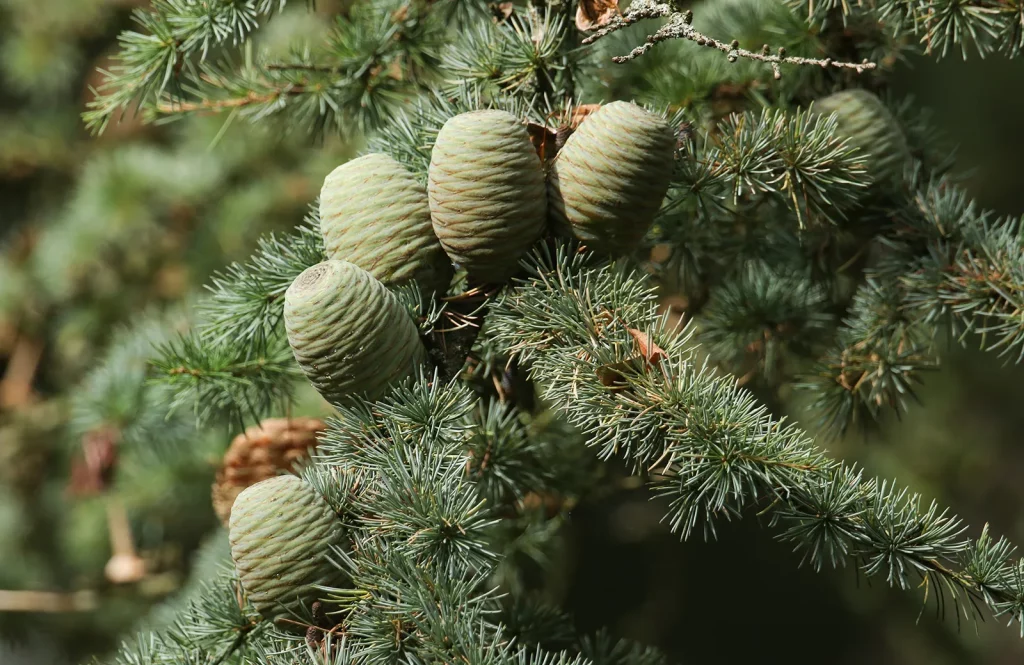
The cedar species of coniferous trees are excellent in many ways. Their decay-resistant property and insect-repellant potential are what make them unique. The true cedars are evergreen and have red or red-tinged wood used to prepare fence posts, closet linings, and pencils. Also, the oil distilled from the cedar wood is often used in many toiletries.
2. Cypress
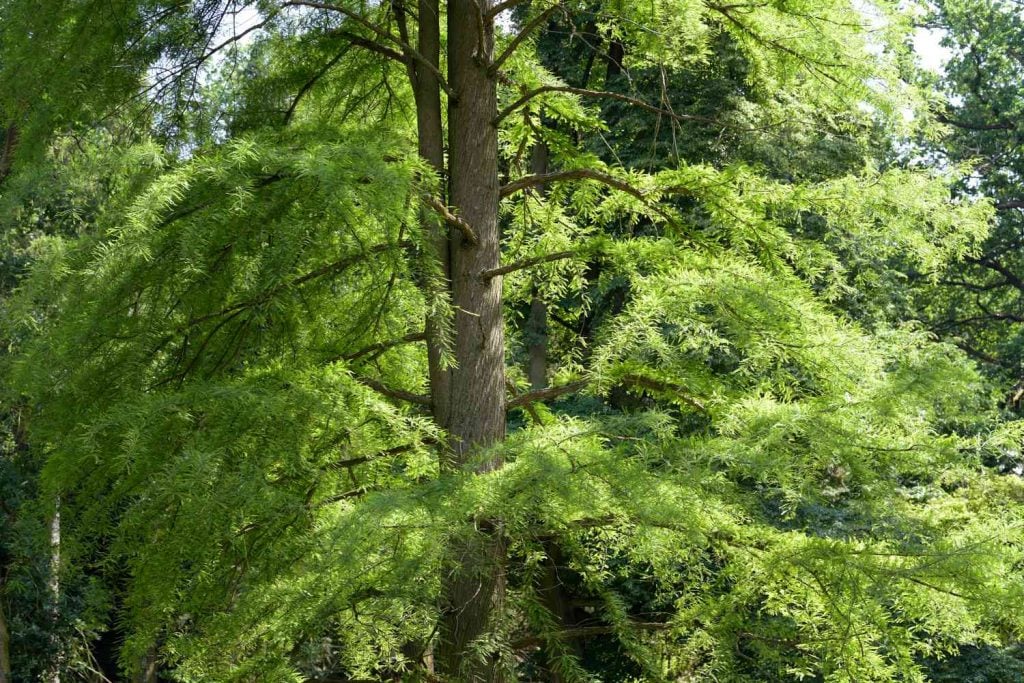
The pyramidal shape trees that are 80 feet tall are known as coniferous cypress trees. When it comes to the appearance of these trees, they usually have smooth bark and bear thin strips that may shed afterwards. The beautiful foliage of the cypress trees is known for its ornamental significance. It may interest you to know that Italian cypresses are used as a sign of death and immortality in various cultures.
3. Western White Pine Tree
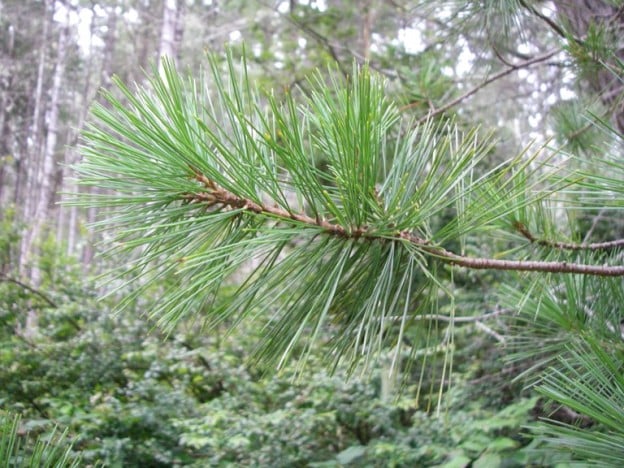
This coniferous tree is comparatively long and reaches a height of 98-164ft tall. The needles are found in the bundle of five and form a zigzag pattern. In addition, the pine needles bear large cones that appear long and slender. Once the tree gets mature, its bark is cut into small, checkered units. Western white pine is widely known as an ornamental tree, and the gum of this tree is used by Native Americans to treat coughs.
4. Sugar Pine Tree
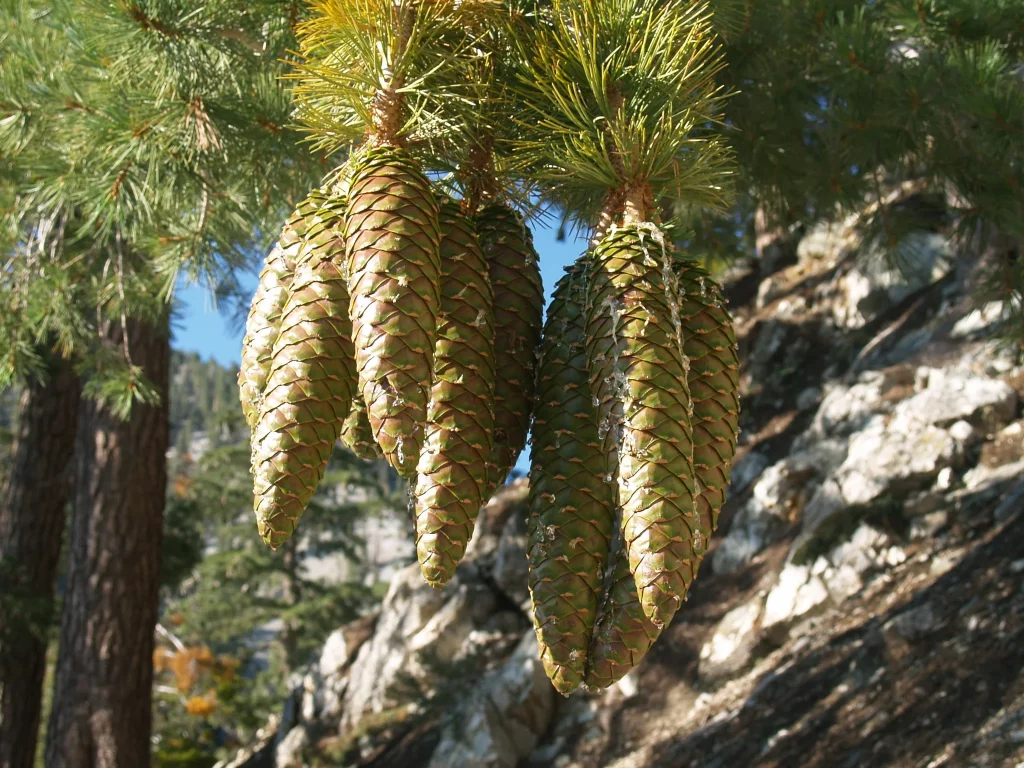
The tallest and largest pine tree among the whole species is the sugar pine tree. Naturalist John Muir declared Sugar Pine as “the king of conifers.” The common name sugar pine came from sweet resin given by Native Americans. The quality of the odourless wood is used as an advantage in packing fruits or vegetables and storing drugs and even medicines as well. Some Native Americans used to eat the sweet bark of this coniferous tree.
5. Douglas Fir
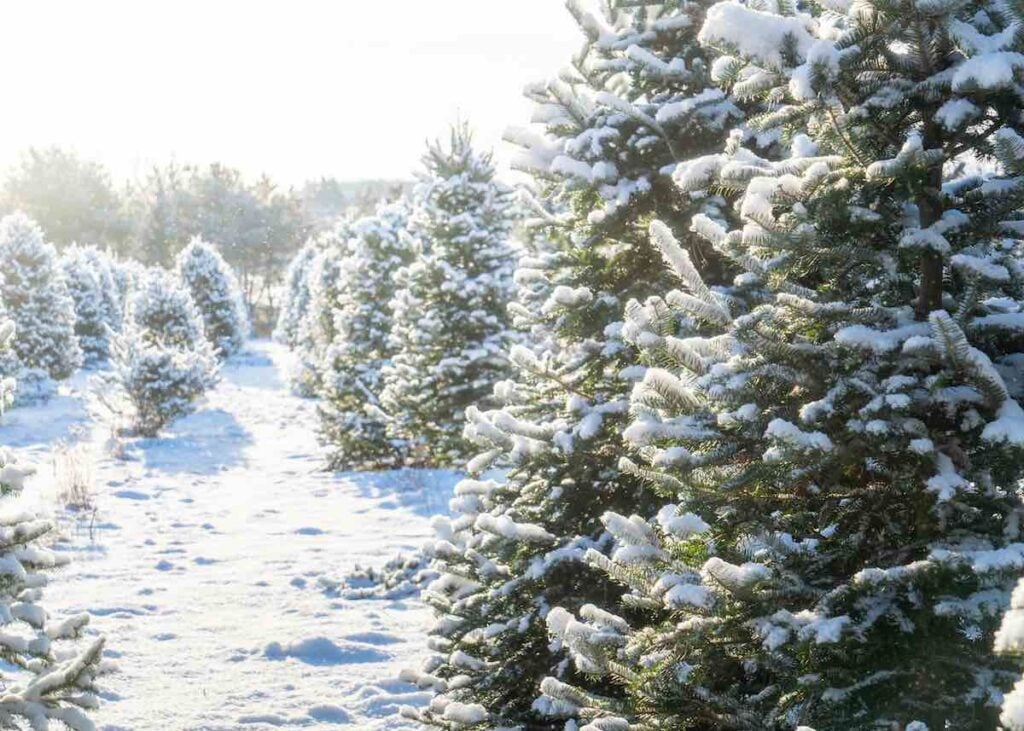
These evergreen trees are found in medium-sized or even extremely large sizes. The leaves of this tree are needles that are flat, soft and linear. If the environment has a lot of light, then the branches of this tree are dropped closer to the ground. The smooth bark of the Douglas Fir tree bears resins blisters. This tree is widely used in manufacturing timber structures due to its high strength. Douglas Fir are grown on plantations and have been commonly used as Christmas trees for many years.
6. Red Pine Tree
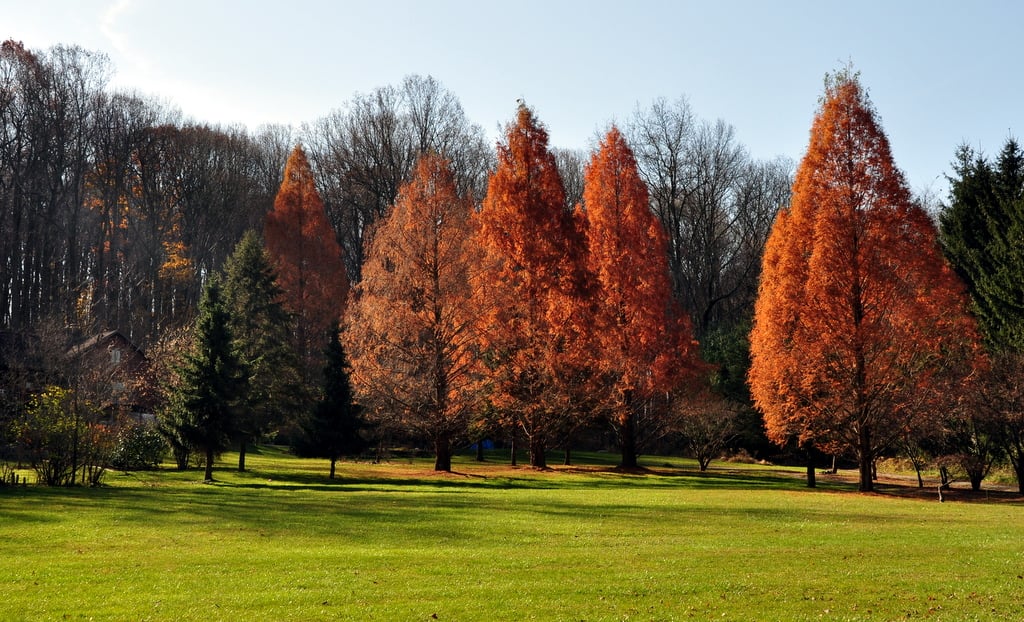
Red pine is a beautiful tree with constant morphology and didn’t show much genetic variation throughout its ranges. The leaves of this evergreen coniferous tree are needle-like, dark yellow-green in appearance. The tree derived its name from its distinctive features, such as the lower bark of the tree being dark grey, whereas the upper part is of bright orange colour. The unique guise of the red pine tree is a great addition to any landscape, and moreover, the wood of the tree has undeniable commercial value in forestry for timber and other commodities.
7. Sand Pine Tree
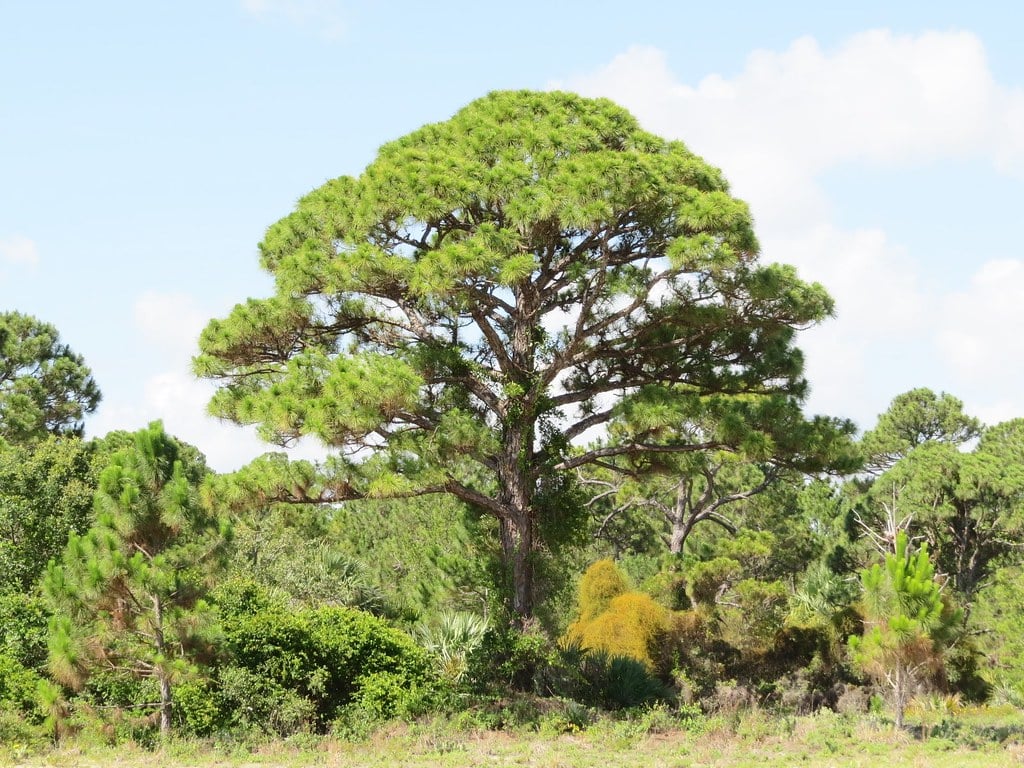
This rare, coniferous tree survives in extremely harsh climatic conditions. It is found in Florida and Alabama Coat, where the habitat is sandy. The well-drained soil supports the life of this tree to withstand frequent drastic seasonal droughts. Since the area in which these trees grow is quite dry and hot, it is susceptible to catching wildfire; it is built fire-adapted. The sand pine trees are densely branched, making them unfit for wood production; however, you can use them for wood pulp.
8. Fir
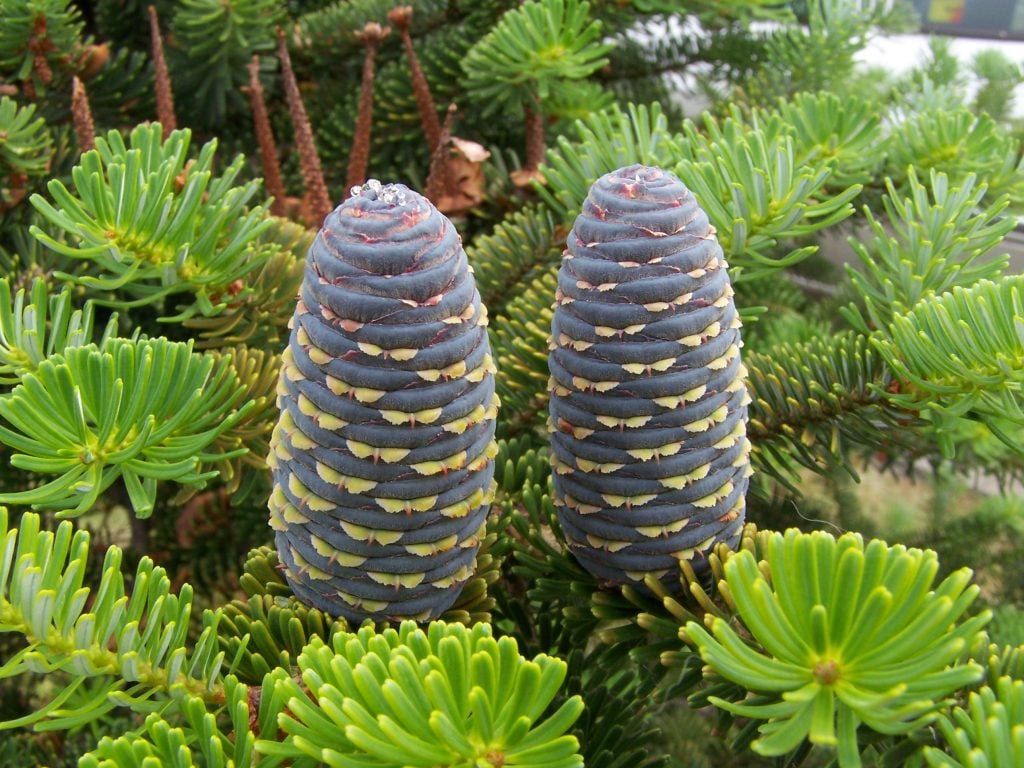
The genus name of these large, Evergreen coniferous trees means “to rise” in Latin. The distinctive pretence of the Fir makes them stand apart from other members of the Pine family. The branches of these trees have a unique structure as it appears like a suction cup from the base and is attached to the needle-like leaves. These cones, when standing upright, resembles candles and detach from the branch of the Fir tree after getting mature.
9. Black Spruce Tree
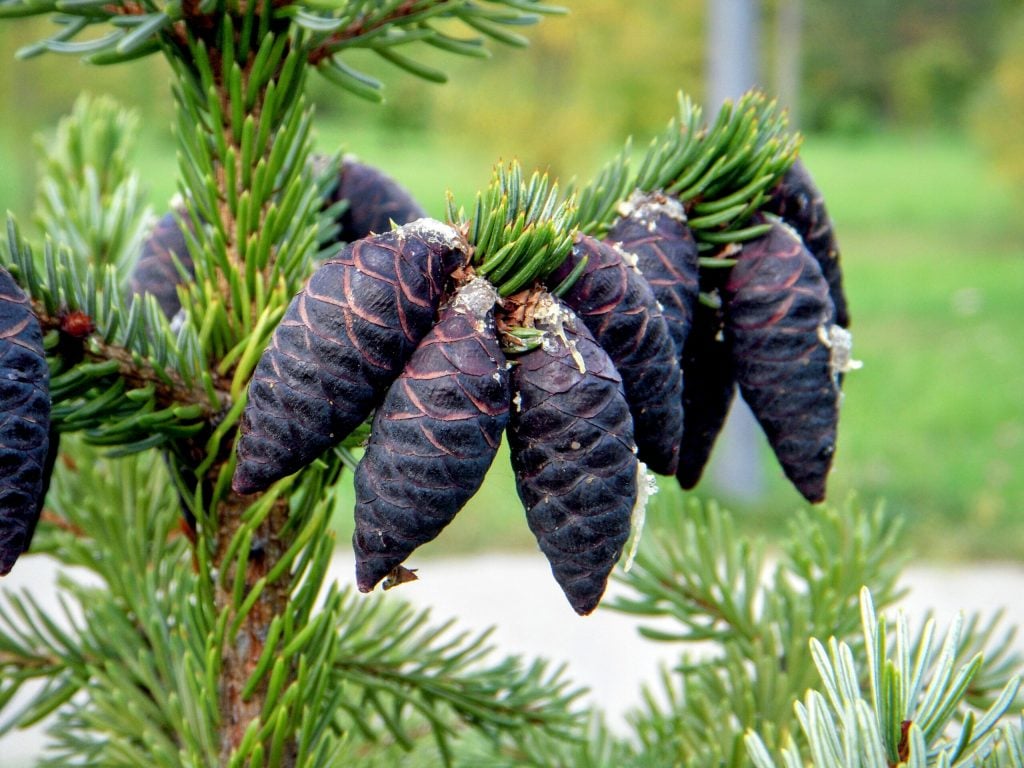
This rare shrub black spruce tree is a slow-growing evergreen coniferous tree. The tree bears needle-like leaves along with spindle-shaped dark purple or reddish-brown cones. Also, the bark of this coniferous tree is thin, scaly, and greyish-brown. These trees are more susceptible to getting diseased if grown with Balsam Fir and White Spruce.
10. Juniper
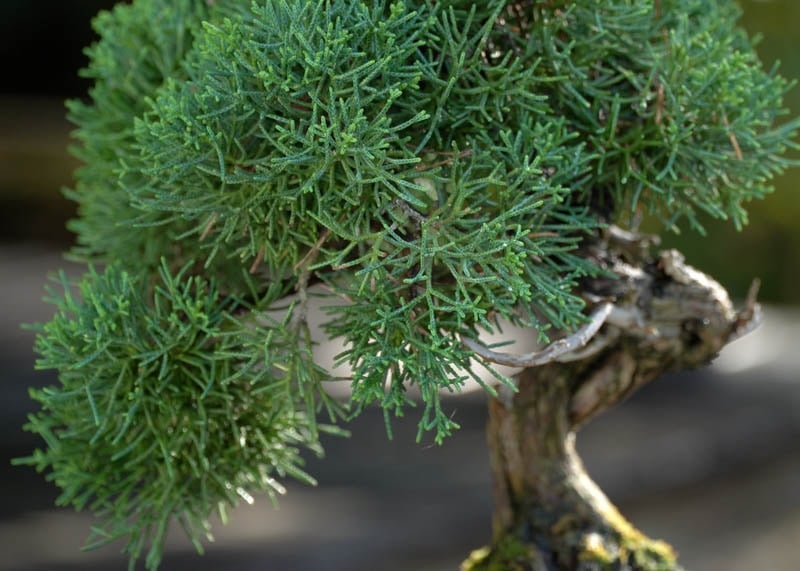
Junipers fall in the category of coniferous trees as well as shrubs of the cypress family. The size of the tree varies considerably. These evergreen trees consist of either needle-like or scale-like leaves. In addition, they bear cones which have a berry-like structure. The aroma of these red-brown berries makes them ideal to be used as a spice or primary ingredient to add flavour to the gin. Furthermore, you will be fascinated to know that the people of Lahual Valley present the leaves of the Junipers to their deities as a ritual.
Summing Up!
In conclusion, we hope you liked our intensive list of 10 types of commonly grown coniferous trees. Whether you are a nature lover or not, the beauty, commercial uses, and medicinal value of these coniferous trees are some of the reasons you can’t help but embrace them. The incredible variety of these trees and their role in sustaining life creates a balance in the ecosystem.
We hope you will be able to identify the particular type of coniferous tree from its wide variety. The distinguishable features discussed in this article can help you in doing the same. Also, the knowledge is endless; you can get your hands on the red data book if you wish to study the endangered species of coniferous trees as well.
We are happy to help you gain some knowledge. Do visit us again!
Frequently Asked Questions
Where Do Coniferous Trees Grow the Most?
The coniferous trees are mostly found in the high-level mountain region of North America, Europe, and Asia, where they grow in lower latitudes as part of temperate coniferous forests. They are grown widely all over the world with proper climatic conditions and caring tips.
What Are the Coniferous Trees Called?
Conifer is the common name for coniferous trees. These trees are known by this name due to a particular reason, that is, the coniferous trees bear seeds in the form of cones. The majority of the coniferous trees have needle-like or scale-like leaves.
What are the Uses of Coniferous Trees?
The uses of coniferous trees are endless. It has numerous medicinal as well as commercial uses; people have some traditional beliefs attached to a particular species of coniferous trees. The manufacturing of timber, paper pulp, and matchstick are some of the many uses of coniferous trees.

